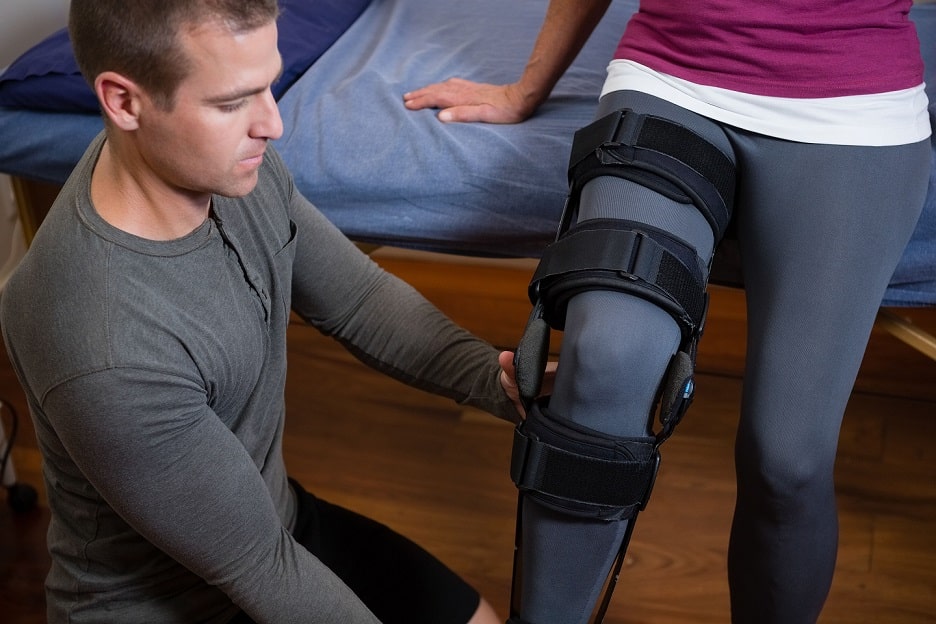 A ladder is undoubtedly a helpful piece of equipment – but with its helpfulness comes potential danger. Although using a ladder is seemingly simple, there are certain things that should be considered prior to mounting that first step.
A ladder is undoubtedly a helpful piece of equipment – but with its helpfulness comes potential danger. Although using a ladder is seemingly simple, there are certain things that should be considered prior to mounting that first step.
Defective Ladders
One of the most straightforward matters to deal with is when somebody sustains an injury from using defective ladders. All ladders must be sufficiently strong and suitable for the purposes to which they are being used for. Although it is mandatory for employer’s to carry out a risk assessment prior to any employee using a ladder, it is also a good idea to inspect any ladders before beginning to use them-for example: if the ladder appears worn, consider whether this will realistically support your body weight. Also ask yourself; are these the ladders I’d usually use for this task? If you do have an accident from using defective ladders, we may be able to establish a breach of an absolute duty, and you may have the right to claim.
Injuries sustained from falling from ladders are of course going to be painful. Falling from any height is never going to end happily! It is therefore important to seek the help of an experienced personal injury solicitor to ensure you are fully compensated, not only for the initial hurt, but also any loss of earnings, medical expenses and long-term treatment. We all know private treatment is pricey!
Misuse of ladders
Although the above is seemingly straightforward, you shouldn’t be given a rickety old ladder which would collapse under the weight of a mouse to work on; you must also ensure you use ladders in a safe way.
The Work at Height Regulations 2005 require certain things when using this equipment. Primarily, only light materials or tools should be carried on a ladder (around 10kg) and ladders should only be used for a short duration (15-30mins). Alternative equipment should be used if the circumstances are different to those listed and this should be seen during the risk assessment.
An essential safety concept is also the “3 point contact rule”- this means that both feet and 1 hand should always be kept in contact with the rungs and you should NEVER overreach. The only exception to this is in the case of a step-ladder which is commonly used for smaller low risk jobs, such as dusting away the cobwebs! In relation to this you will often use both hands, but you should never lean and leave 3 steps above your feet.
The regulations set out some ‘commonsense’ propositions such as;
- Any surface a ladder is placed on must be stable, firm and keep your ladder perfectly horizontal- you’re not in a fun house.
- There should be stability throughout its use (it is always preferable to get someone to hold the ladder for you)
AND before I finish it is also mandatory that anyone using ladders has had training in working at a height. Handbooks and repeated refreshers should be provided to reduce the risk of accidents.
If you’ve sustained an injury from using a ladder don’t hesitate to contact us!

 A ladder is undoubtedly a helpful piece of equipment – but with its helpfulness comes potential danger. Although using a ladder is seemingly simple, there are certain things that should be considered prior to mounting that first step.
A ladder is undoubtedly a helpful piece of equipment – but with its helpfulness comes potential danger. Although using a ladder is seemingly simple, there are certain things that should be considered prior to mounting that first step.









